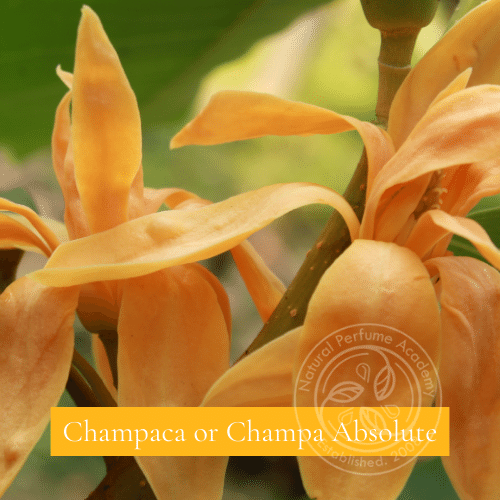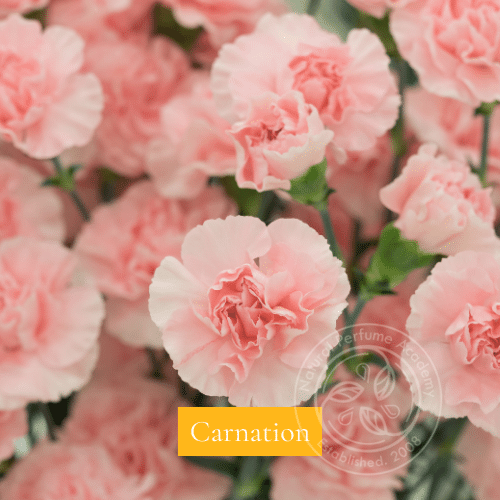
Title: Champaca Absolute (Michelia champaca)
Description:
Champa absolute, derived from the flowers of Michelia champaca, is an exotic, rich, and deeply floral natural perfumery material. It is known for its captivating scent that combines warm caramel, peppery vanilla, and orchid notes, reminiscent of carnation and tuberose.
Extraction Method:
The absolute is obtained by extracting the concrete, which is produced through solvent extraction of the yellow, magnolia-like flowers. These flowers grow on a medium-sized tree native to Indonesia, India, and Madagascar. In addition to the absolute, a CO2 extract of champaca is also available, which emphasizes the spicy caramel notes over the lily-type floral scent.
Characteristics:
Champa absolute is celebrated for its unique fragrance profile. Steffen Arctander describes it as "delicately dry-floral," with nuances that remind one of orange flowers, ylang-ylang, carnation, and tearose. The absolute has a warm, deep floral aroma, while the CO2 extract is spicier and more caramel-like.
Uses in Natural Perfumery:
In natural perfumery, champaca absolute is favored for its rich, exotic floral scent. It adds depth and complexity to floral compositions and blends exceptionally well with other floral notes such as carnation and rose. It is ideal for creating perfumes with an oriental or floral character.
Blending Suggestions:
Champa absolute blends harmoniously with carnation, rose, and other delicate floral notes. It works well with fixatives that do not overpower its delicate scent, such as sandalwood, araucaria, benzoin, ambrette, and ambergris. In dilution, it reveals a soft, floral tea-like note.
Reference:
Steffen Arctander, Perfume and Flavor Materials of Natural Origin, p.160
Champa absolute, with its rich and multifaceted floral aroma, is a valuable ingredient for natural perfumers seeking to create luxurious and exotic fragrance compositions.












